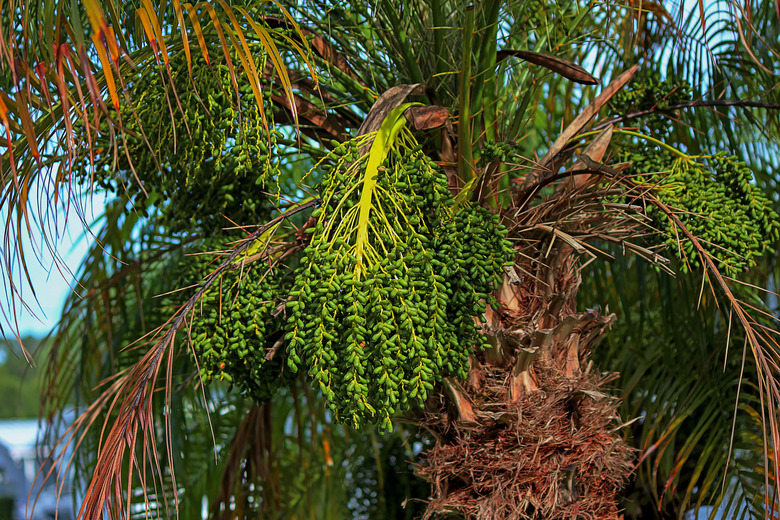How To Care For A Robellini Palm
If you're looking to add a new indoor houseplant that will add a touch of tropical flair to your home, a robellini palm (Phoenix roebellinii, USDA zones 10-11) may be a great fit. That is, of course, assuming you can meet the few yet highly specific needs of this miniature palm tree. Requiring lots of light, ample room to grow and a humid environment, robellini palm trees need conditions that mimic their natural environment. If you're able to give one what it's asking for, you can share your space with a lovely tree that will not only look great but will also add purifying properties to any room.
What Is a Robellini Palm?
What Is a Robellini Palm?
Robellini palms are small palm trees native to Asia and Africa. They're naturally found growing in warm, humid climates and tend to grow under the cover of larger trees in tropical forests. Also known as the pygmy date palm and the dwarf date palm, robellini palm trees are kept as indoor plants by many people for their good looks and natural abilities to purify the air inside homes and offices. Robellini palm trees are also great additions to homes with pets as they're considered to be nontoxic to dogs, cats and people.
These plants are easy to grow as propagation is fairly simple and can result in several new plants from one "mother" plant. To propagate a pygmy date palm tree, just look near the base of the plant where you should find pups, or small offshoots growing out of a mature robellini palm plant.
When you're ready to create a new plant, carefully remove one of these shoots from the parent plant and be sure to keep as many of the roots intact as possible. Then, simply transplant the smaller plant into a pot of soil and offer it the required water and light needed for a robellini palm to grow.
Robellini Palm Care
Robellini Palm Care
To raise a robellini palm tree, you'll need to offer it plenty of indirect but bright light, so keeping your plant in a room with at least one window will be essential for raising a healthy tree. Your palm will also need to be watered regularly and will do best on a schedule of between three and five waterings a week, depending on how much light it receives. Robellini palms can withstand some dryness between waterings, but because it's accustomed to naturally moist and humid conditions, it shouldn't go too long without being given a drink.
Your palm will also do best with regular trimming as leaves can reach up to 6 feet in length. Regularly trim or remove dead leaves from stalks or excessive offshoots near the bottom of the plant. To ensure healthy growth, keep your palm in a pot with well-draining soil that's sandy in texture.
Things to Keep in Mind
Things to Keep in Mind
Because robellini palms are naturally found within dense forests, they don't need hours of direct sunlight in order to survive and actually do very well when given bright, indirect light. Robellini palms can even thrive under medium light conditions, but if you reduce the amount of light or sky that your palm tree is exposed to, it's important that you adjust the frequency at which it's watered. Like most plants, too much water can result in root rot, so if your tree is seeing less light, be sure to scale back on the number of waterings it gets each week.
Robellini palm trees are also susceptible to certain pests, which can lead to disease or infection. Some of these common pests include spider mites and soft brown scale. Signs of spider mites include yellow leaves with gritty spots on them, and symptoms of soft brown scale will appear as tiny moving brown spots that leave behind a sticky substance resembling sap.
To remove spider mites, cut away any leaves mites appear on and gently wipe down the rest of the plant with soapy water. Scale can be scrubbed away simply by using a toothbrush, which is all natural and won't harm your living plant.
